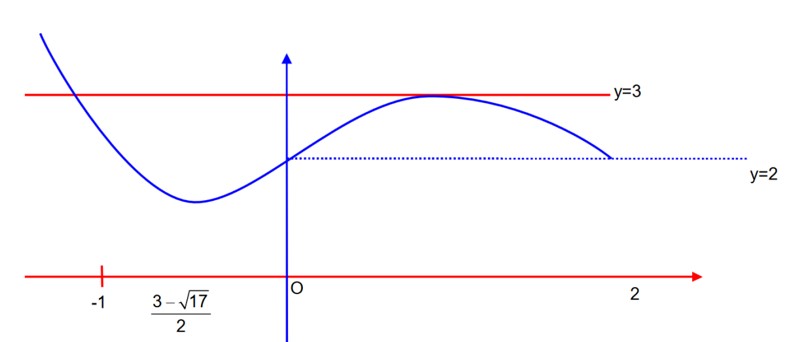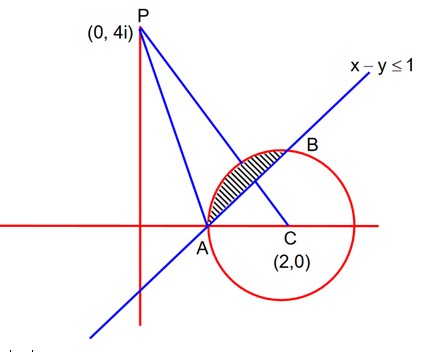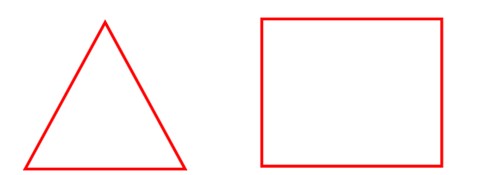Application of Derivatives
Get insights from 282 questions on Application of Derivatives, answered by students, alumni, and experts. You may also ask and answer any question you like about Application of Derivatives
Follow Ask QuestionQuestions
Discussions
Active Users
Followers
New answer posted
3 months agoContributor-Level 10
f (x) = 4loge (x – 1) -2x2 + 4x + 5, x > 1

option (A) is correct.
(B) f (x) = -1, has two solution
option (B) is correct
option (C) is not correct
(D) f (e) = 4loge (e – 1) -2 (e2 – 2e + 1) + 7 > 0
f (e + 1) = 4 – 2 (e + 1)2 + 4 (e + 1) +5+ < 0
option (D) is correct
New answer posted
3 months agoContributor-Level 10
Surface area, S = 4pr2
Initially t = 0, r = 3
c = 36 p
When t = 5, r = 7, k = 32p
When t = 9, r = r, r = 9
New answer posted
3 months agoContributor-Level 10
Replace x by x + k.
From (i) & (ii), f(x + 2k) = f(x).
is periodic with period = 2k.
put x = t + k
New answer posted
4 months agoContributor-Level 10
Let z = x + iy
(x – 2)2 + y2
x – y
PD will be least as CP – r = DP, general pts on circle with centre (2, 0) is (2 + r cos, 0 + r sin )
here r = 1, (2 + cos , sin ) now slope of CP is
tan = 2
so D point will be will be the greatest. A(1, 0)
now
now
= 30, = 4
+ = 26
New answer posted
4 months agoContributor-Level 10
Let perimeter of is x and that of square is 22 – x
now area
for maximum or minimum,
x
now side of a
Taking an Exam? Selecting a College?
Get authentic answers from experts, students and alumni that you won't find anywhere else
Sign Up on ShikshaOn Shiksha, get access to
- 65k Colleges
- 1.2k Exams
- 679k Reviews
- 1800k Answers



